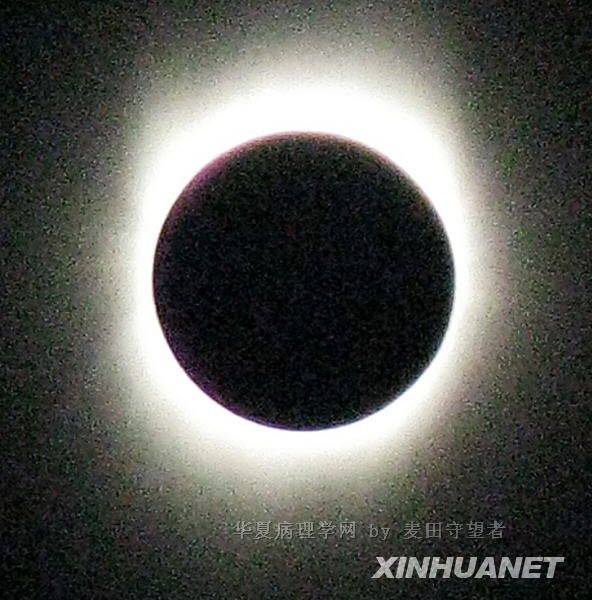| 图片: | |
|---|---|
| 名称: | |
| 描述: | |
- 病例学习(Number 14)
| 姓 名: | ××× | 性别: | 年龄: | ||
| 标本名称: | |||||
| 简要病史: | |||||
| 肉眼检查: | |||||
|
联合使用D2-40/p63 ,再加上Phosphohistone H3 (组蛋白H3)。对判断预后价值蛮大的。年龄因素可能不受文献中的限制,应该因国,因地,因种族而异。有兴趣的可以研究哦。D2-40/p63 defined lymph vessel invasion has additional prognostic value in highly proliferating operable node negative breast cancer patientsMod Pathol 24: 502-511; advance online publication, February 11, 2011; Phosphohistone H3 assessed proliferation has strong prognostic value. Lymph vessel invasion by D2-40 is also prognostic, but D2-40+ myoepithelial expression in small ducts completely filled by solid-pattern ductal carcinoma in situ can mimic lymphovascular invasion. As myoepithelial cells are also p63 positive, we have investigated whether lymph vessel invasion identified by combined D2-40/p63 is stronger prognostically than by D2-40 alone, and whether it has independent prognostic value to phosphohistone H3. In 240 operable T1–2N0M0 node negative invasive breast cancer patients <71 years, phosphohistone H3 was determined by quantitative immunohistochemistry and lymph vessel invasion by D2-40/p63 double immunostaining. Correlation analysis between the clinico-pathologic factors and lymph vessel invasion, and univariate and multivariate prognostic survival analysis were performed. With median 117 (range: 12–192) months follow-up, 36 patients (15%) developed and 28 (12%) died of distant metastases. Ten of the 61 patients (16%) with cancer cells surrounded by D2-40 were p63 positive and none of these ‘false lymph vessel invasion’ recurred. D2-40+/p63− lymph vessel invasion occurred in 51/239 (21%) cases and correlated with grade, mitotic activity index, phosphohistone H3, ER, cytokeratin14, and HER2. D2-40+/p63− lymph vessel invasion was strongly prognostic, but far more in women ≥55 than those <55 years (P<0.0001 and 0.04). With multivariate analysis, phosphohistone H3 proliferation was the strongest single prognosticator. Lymph vessel invasion had additional prognostic value to phosphohistone H3 only in women ≥55. This group of patients, without/with lymph vessel invasion, had 10-year survival rates of 83 and 50%, respectively (hazard ratio-lymph vessel invasion=3.0, P=0.04; hazard ratio-phosphohistone H3=6.9, P=0.002). Where age was <55 years, only phosphohistone H3 had independent prognostic value. Combinations of other features had no additional value. In conclusion, T1–2N0M0 invasive breast cancer patients ≥55 years with phosphohistone H3≥13, D2-40+/p63− defined lymph vessel invasion identifies a subgroup with a high risk of distant metastases. |














